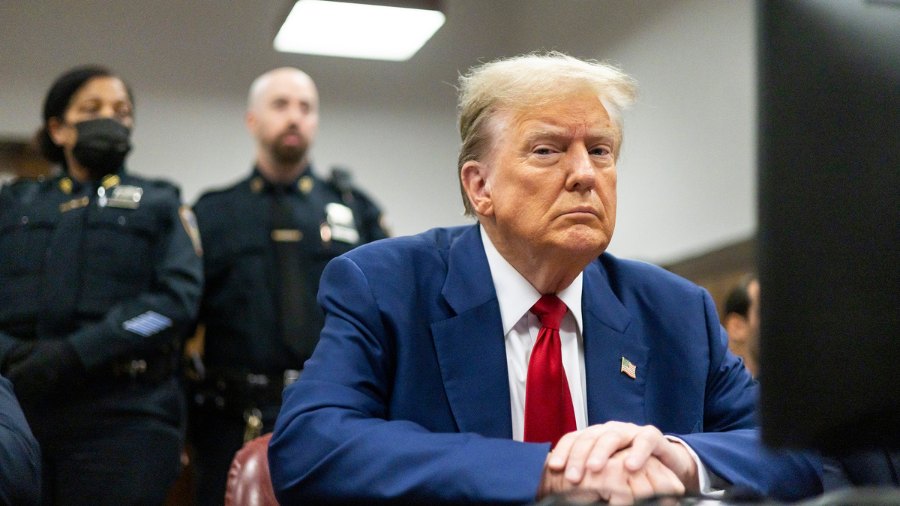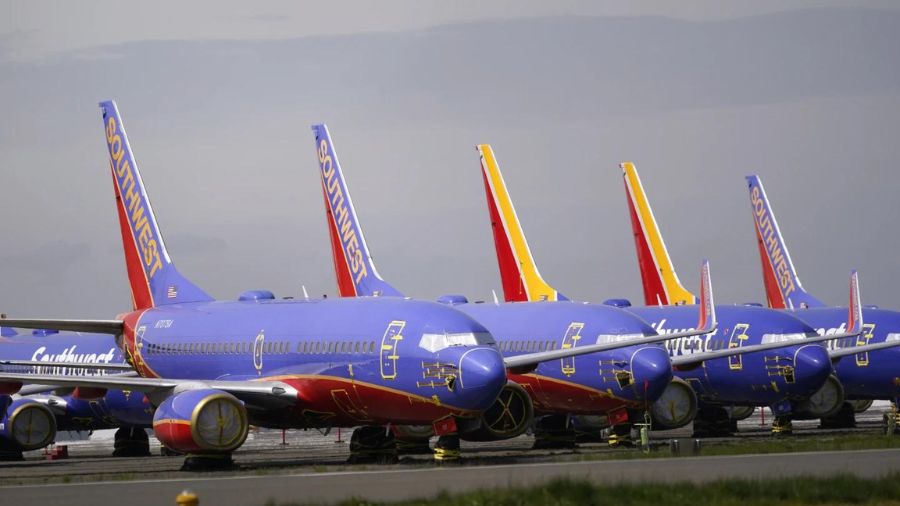Weapons shortages could mean hard calls for Ukraine’s allies
Oct 21, 2022, 5:52 PM | Updated: Oct 22, 2022, 5:54 am

FILE - U.S.-supplied M777 howitzer shells lie on the ground to fire at Russian positions in Ukraine's eastern Donbas region June 18, 2022. Writing on one of them reads: "Nothing is forgotten". For months, the United States and other NATO members have sent billions of dollars worth of weapons and equipment into Ukraine to help it fight back against Russia. But for many of the smaller NATO countries, and even some of the larger ones, the war has strained already-depleted weapons stockpiles. (AP Photo/Efrem Lukatsky, File)
(AP Photo/Efrem Lukatsky, File)
WASHINGTON (AP) — Weapons shortages across Europe could force hard choices for Ukraine’s allies as they balance their support for Ukraine against the risk that Russia could target them next.
For months, the United States and other NATO members have sent billions of dollars worth of weapons and equipment into Ukraine to help it fight back against Russia. But for many of the smaller NATO countries, and even some of the larger ones, the war has strained already-depleted weapons stockpiles. Some allies sent all their reserve Soviet-era weaponry and are now waiting for U.S. replacements.
It can be difficult for some European countries to rapidly resupply because they no longer have a strong defense sector to quickly build replacements, with many relying on a dominant American defense industry that has elbowed out some foreign competitors.
Now they face a dilemma: Do they keep sending their stocks of weapons to Ukraine and potentially increase their own vulnerability to Russian attack or do they hold back what’s left to protect their homeland, risking the possibility that makes a Russian victory in Ukraine more likely?
It’s a tough calculation.
After eight months of intense fighting, the allies expect the war will continue for months, maybe years, with both sides rapidly using up weapons supplies. Victory may come down to who can last longer.
The stockpile strain comes up “all the time,” especially among smaller NATO countries, said Defense Minister Hanno Pevkur of Estonia, a Baltic nation that shares a 183-mile (295-kilometer) border with Russia.
It weighs on them even as Defense Secretary Lloyd Austin has urged members of the Western alliance, at a recent NATO gathering in Brussels, “to dig deep and provide additional capability” to Ukraine.
European officials, in public comments and interviews with The Associated Press, said Russia must not be allowed to win in Ukraine and that their support will continue. But they stressed that domestic defense is weighing on them all.
“Our estimation is that Russia will restore their capabilities sooner rather than later” because Russian President Vladimir Putin can order weapons makers to go into 24-hour a day production, Pevkur said.
Russia has directed some troops to factories instead of the front line, he said. The minister said Russia has a track record of reconstituting its military so it can launch invasions against European neighbors every few years, citing moves against Georgia in 2008, Ukraine’s Black Sea peninsula of Crimea in 2014 and now all of Ukraine this year.
“So the question is, ‘How much risk are you ready to take?'” Pevkur said at a German Marshall Fund event this past week.
Other smaller nations, such as fellow Baltic state Lithuania, face the same challenges. But so do some larger NATO members, including Germany.
“Ukraine has led to a general shortage of supply because so many states have forgotten that conventional war is burning through your ammunition reserve. Just burning through it,” Dovile Sakaliene, a member of Lithuania’s Parliament, said in a phone interview. “In certain situations, even the word ‘excess’ is not applicable. In certain situations, we left ourselves with a bare minimum.”
Germany faces a similar situation, the ministry of defense said in an email to the AP. “Yes, the Bundeswehr’s stocks are limited. Just as it is the case in other European countries,” the ministry said.
“I cannot tell you what the exact stockpiles are because of security aspects. However, we are working to close the current gaps.”
For some NATO countries, it may not be possible to “dig deep,” said Max Bergmann, the European director for the Center for Strategic and International Studies.
“They’ve cut the fat essentially,” Bergmann said. “Now they are cutting into the bone.”
The stockpiles are low because for many European nations, military spending became a lower priority after the end of the Cold War, which weakened their defense industrial bases. U.S. defense companies also had a role as they moved in to compete for European contracts.
“We wanted them to buy American,” Bergmann said. “When the Norwegians are operating F-16s and F-35s instead of the Swedish Saab Gripen” fighter jets, it has an impact on Europe’s defense market strength, he said.
The U.S. has long urged other NATO member countries to increase defense spending to 2% of their GDP — a target most hadn’t met.
Since the Russian invasion, multiple European countries have pledged significant increases in defense spending to quickly reconstitute their militaries while they send Ukraine much of what they have on hand.
Estonia has provided the equivalent of one-third of its defense budget to Ukraine, Pevkur said. Norway has provided more than 45% of its stock of howitzers, Slovenia has committed nearly 40% of its tanks and the Czech Republic had sent about 33% of its multiple launch rocket systems, according to the Germany-based Kiel Institute. The team based its analysis on an annual report on the known weapons and troop sizes of militaries worldwide published by the International Institute for Strategic Studies.
The U.S. has committed more than $17.5 billion in weapons and equipment to Ukraine since February, raising questions among some members of Congress as to whether it too is assuming too much risk. The Pentagon will not provide data on its own stockpiles.
The Washington-based Stimson Center research group estimates the Ukraine war has reduced the U.S. stockpiles of Javelin anti-tank weapons by as much as one-third and Stinger missile inventories by 25%. It’s also put pressure on artillery supplies because the U.S.-manufactured M777 Howitzer is no longer in production.
Pentagon spokesman Air Force Gen. Pat Ryder said that when Austin recently met with the top government weapons buyers of scores of countries, he discussed the need to “not only replenish our own stocks as an international community, but also ensure that we can continue to support Ukraine going forward.”
Estonia passed a 42.5% defense budget increase this year to replenish its stocks. Germany is working on long-term contracts for high-grade munitions such as Stinger missiles and in September signed a 560 million euro ($548 million) contract for 600 new Navy guided missiles, with delivery planned through 2029.
Restoring stockpiles and rebuilding weapons manufacturing capability will be a long process, said Tom Waldwyn a defense procurement researcher for the IISS.
For some countries, “it may require more significant investment in infrastructure. This will not be cheap as inflation and supply chain instability have pushed up costs,” Waldwyn said.
Sakaliene has been pressing other members of Lithuania’s Parliament to start awarding long-term defense contracts now to rebuild the country’s ability to defend itself.
“Without making long-term sustainable decisions in expansion of military industry, we are not safe,” Sakaliene said. “This decade is not going to be peaceful. This decade is going to be tough.”
___
Associated Press writers Lorne Cook in Brussels and Lolita C. Baldor contributed to this report.
___
Follow AP’s coverage of the Ukraine war at: https://apnews.com/hub/russia-ukraine
Copyright © The Associated Press. All rights reserved. This material may not be published, broadcast, rewritten or redistributed.














